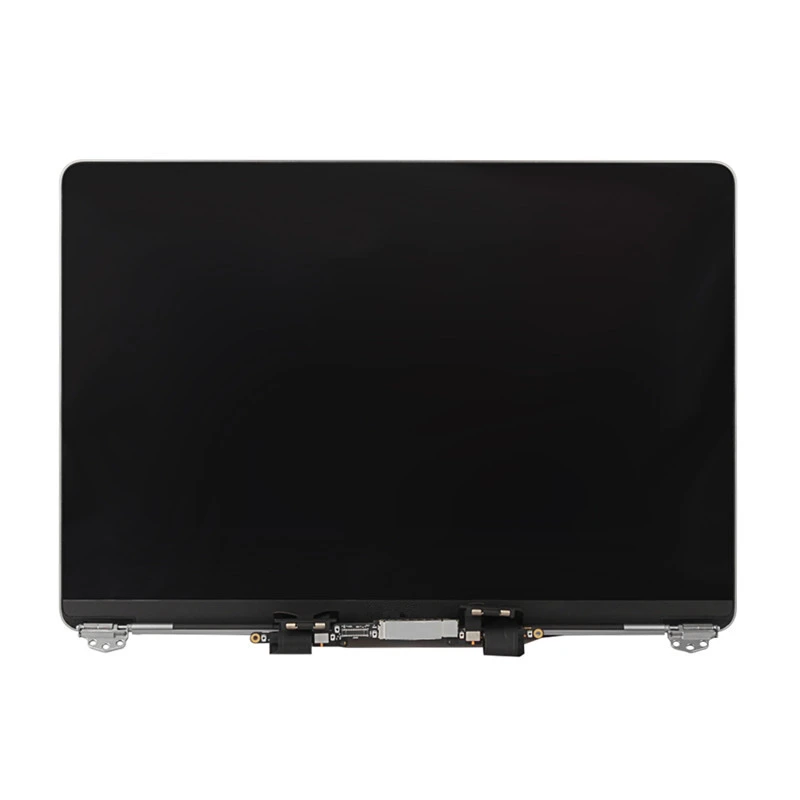Comprehensive Guide to MacBook Air Screen Replacement
In today's fast-paced digital world, our laptops are indispensable companions. But what happens when the screen of your trusty MacBook Air starts acting up? Whether it's a cracked display or unresponsive pixels, replacing the screen might seem daunting. Fear not, for this guide is here to walk you through the entire process of MacBook Air screen replacement, ensuring you get back to seamless productivity.
Table of contents:
Identifying When Your MacBook Air Screen Needs Replacement
Step-by-Step Process for Replacing a MacBook Air Screen
Essential Tools Required for MacBook Air Screen Replacement
Common Challenges and Solutions in Screen Replacement
Identifying When Your MacBook Air Screen Needs Replacement
Understanding when to replace your MacBook Air screen is the first step towards resolving display issues. Common signs include dead pixels, a cracked screen, flickering images, or a completely black display. These problems can arise from physical damage or internal hardware malfunctions. Look out for discoloration or lines running across the screen, as these could indicate a faulty display panel.Another indicator is if your touchscreen becomes unresponsive. In some cases, software glitches can be resolved without a screen replacement. However, persistent issues typically point to hardware damage, necessitating a new screen. Screen replacement is crucial to maintain your MacBook's functionality and prevent further complications.Consulting with a certified technician or an Apple support representative can be beneficial. They can diagnose the issue accurately, helping you determine if a screen replacement is indeed necessary. Addressing screen problems promptly can save you from more costly repairs down the line.
Step-by-Step Process for Replacing a MacBook Air Screen
Replacing a MacBook Air screen involves several steps that require precision and care. Begin by ensuring that your MacBook is turned off and disconnected from any power source. Use a screwdriver to carefully remove the screws securing the back panel of your laptop. Gently lift the panel to expose the internal components.Once inside, locate the screen connector. This is a delicate task, as mishandling can cause damage to your device. Be sure to detach the connector carefully, using a spudger if necessary to avoid damaging surrounding components. With the screen connector detached, gently remove the faulty screen from the laptop frame.To install the new screen, reverse the process. Secure the screen in place, ensuring it aligns perfectly with the laptop frame. Reconnect the screen connector and firmly attach the back panel using the screws you removed earlier. Power on your MacBook to test the new screen, ensuring it functions correctly before sealing everything back up.
Essential Tools Required for MacBook Air Screen Replacement
Before attempting a MacBook Air screen replacement, it's crucial to gather the necessary tools. A set of precision screwdrivers is a must-have, as MacBook screws require specific sizes to avoid stripping. Additionally, a spudger is essential for safely disconnecting the screen connector without causing damage.Investing in an anti-static wristband is wise, as it prevents static electricity from affecting your device during the repair process. This is particularly important when handling sensitive electronic components. A magnifying glass or headlamp can be beneficial to see small screws and connectors clearly.Having a clean and organized workspace is vital. Use a soft mat or cloth to rest your MacBook on during the repair, preventing scratches and damage to the device's exterior. Keeping your tools organized and accessible will make the process smoother and more efficient.
Common Challenges and Solutions in Screen Replacement
Screen replacement can be challenging, especially for first-timers. One common issue is difficulty in removing the back panel due to tightly secured screws. Applying gentle pressure and using the correct screwdriver size can help. If a screw is still stuck, a small amount of lubricant may loosen it.Another challenge is reconnecting the screen connector properly. Misalignment can cause display issues or a non-functional screen. Take your time during this step, ensuring the connector clicks securely into place. If the screen doesn't function after installation, double-check the connector and make sure it's properly seated.In some cases, the new screen may not have the same resolution or color accuracy as the original. This can be resolved by adjusting your MacBook's display settings or consulting with the screen supplier for compatibility issues. Patience and attention to detail are key to overcoming these challenges successfully.
Replacing your MacBook Air screen may seem intimidating, but with the right guidance and tools, it's entirely manageable. Identifying when a replacement is necessary, following a step-by-step process, and having the essential tools can streamline the repair. While challenges may arise, addressing them with care ensures a successful outcome.By restoring your MacBook Air's screen, you're not only enhancing its functionality but also prolonging its lifespan. If you're unsure or uncomfortable with the process, seeking professional assistance is always an option. Remember, a little care and attention can go a long way in keeping your device in top shape.For those interested in exploring further, resources and tutorials are available online to deepen your understanding of screen replacements. Your MacBook can look and function like new with a successful screen replacement, allowing you to enjoy seamless productivity once again.

Comments
Post a Comment